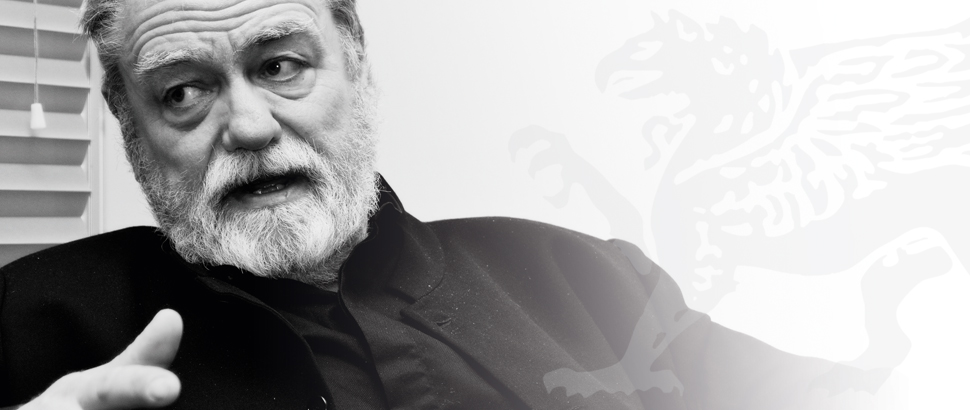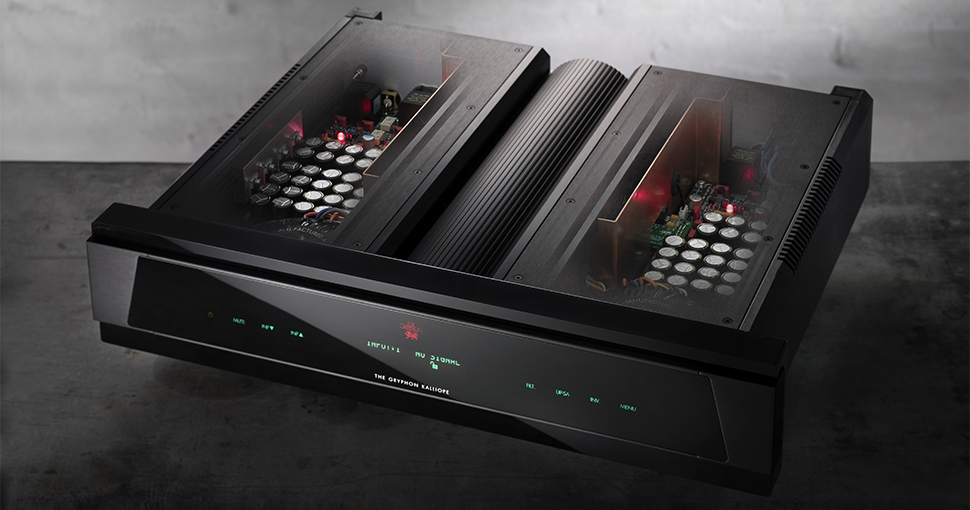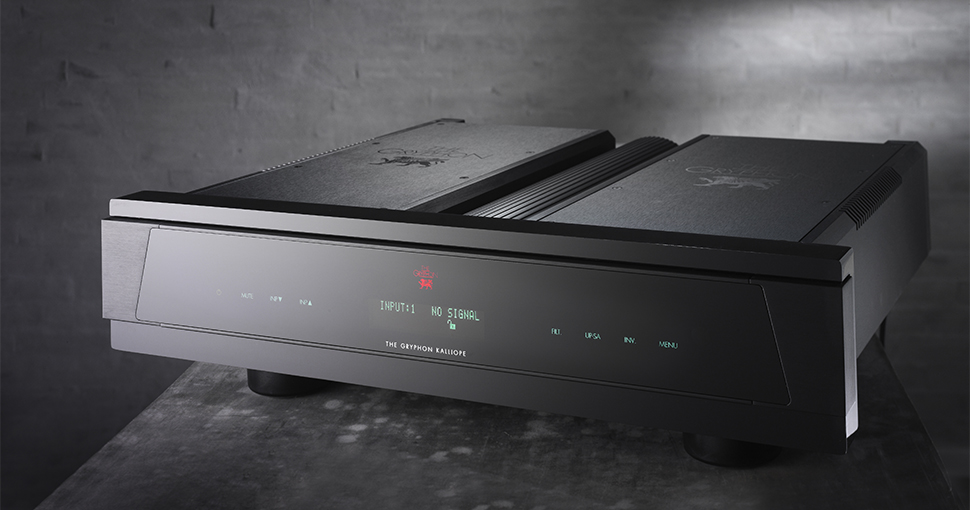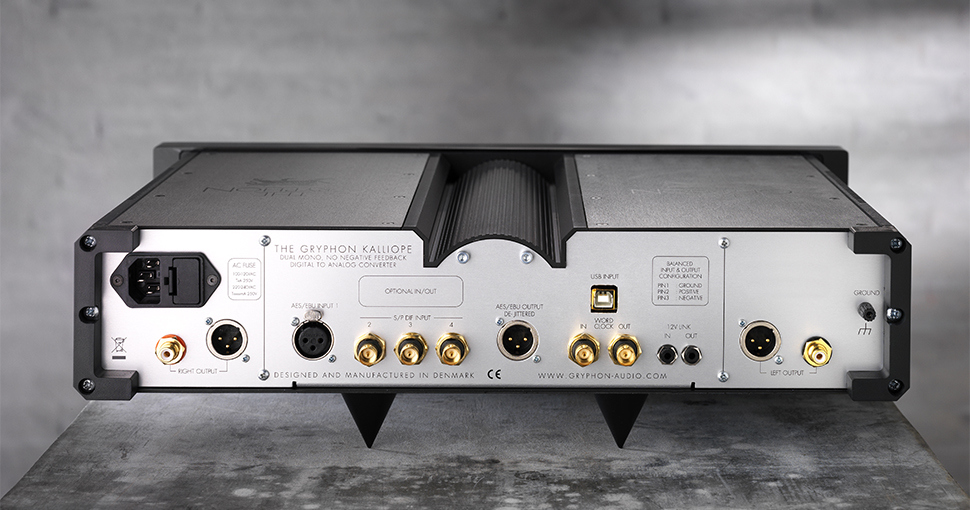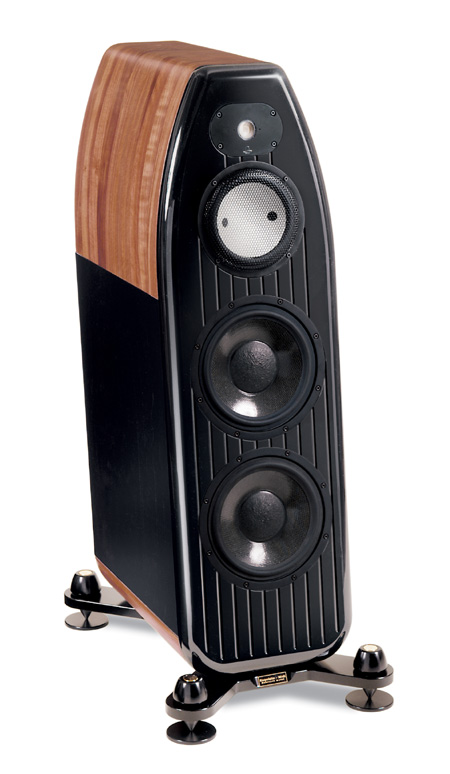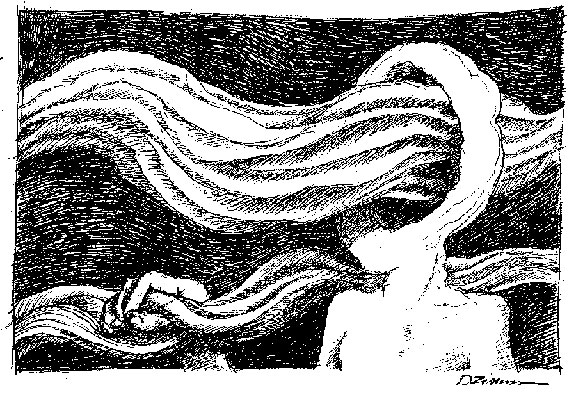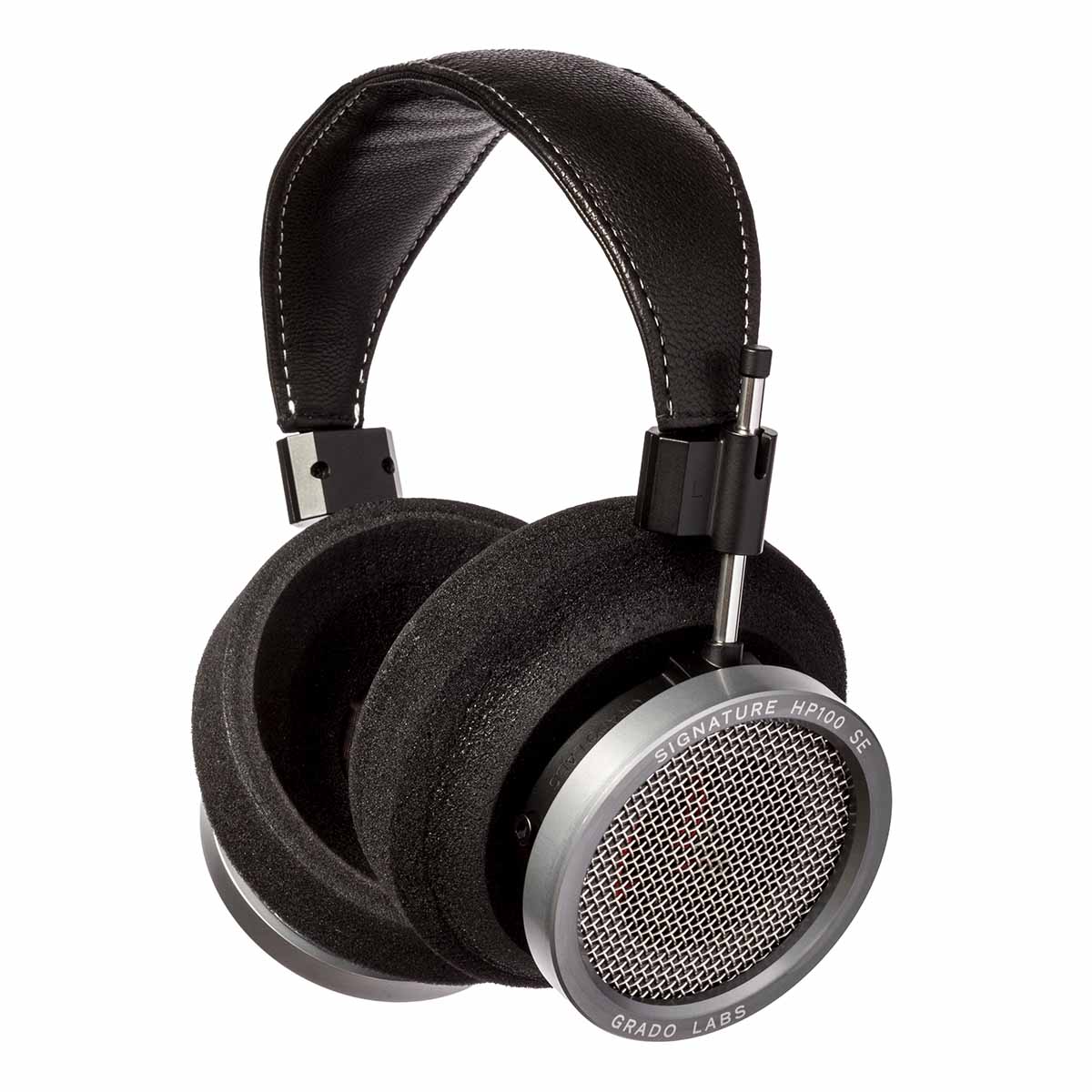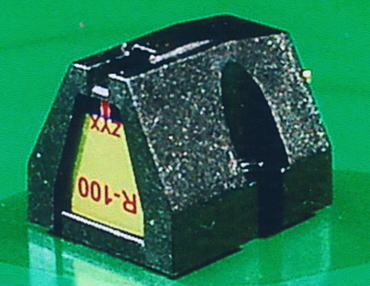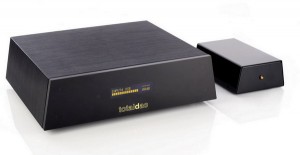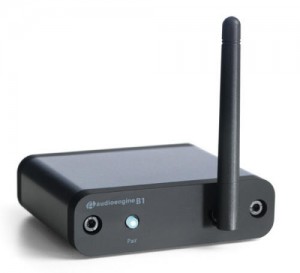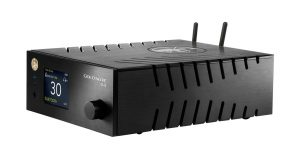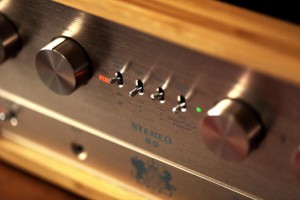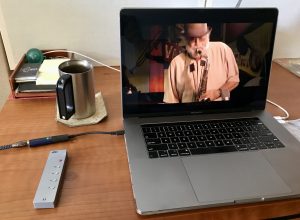Flemming Rasmussen of Gryphon Audio
Gryphon was never the adopter of technology for the sake of technology on its own, we always found it intriguing and followed it closely, but our experiments remained in the lab for the right timing.
Right timing? Gryphon made it first appearance 30 years ago with a revolutionary HEADAMP, taking the moving coil amplification to a whole new level, this product is today a much sought after gryphon, fetching sky high prices, not only for its collectability but, very remarkable, it is after 30 years, still a stellar performer.
This product should with its list of all-star topologies, such as, full discrete circuits, super dual mono, ultra-high bandwidth, no negative feedback and more, topologies that most designers recognize as superior, but expensive and hard to realize.
This choice was not based on the right to brag about technology, but it was the technologies that provide the musical performance that to us was more important than anything else.
This development of this product would also start a Gryphon tradition that is not widely known, we started exploring if there were parts that was outside the traditional choices, or traditional choices that would surrender better performance if used in an untraditional way, not described or perhaps not even imagined by the manufacturer of the part.
When we decided to enter digital with our Gryphon CDP 1, it was much later than many manufactures. The price that the consumer paid at that point was an investment in a technology that was moving so fast that it would render the product obsolete and worthless in a short time, perhaps acceptable for the low cost products, but not acceptable to us and our policy of providing ultra-high end with sustainable value.
Another, and perhaps more important reason for not trying to be first in digital, was that the software was for the most part far behind the hardware and good recordings was hard to find.
We were experimenting with parts and found a "backdoor" in the PMD-100 HDCD decoder and digital filter allowing us to follow a different path. The CDP 1 D/A converters from AKM were stereo converters but by using a pair of them we could not only make a typical Gryphon dual mono circuit but also do the conversion in a balanced mode. We also implemented up-sampling and created the world’s first up-sampling CD player. A technology that, until then, was something only found in very expensive standalone D/A converters.
The much more sophisticated Kalliope is the result of the same way of thinking and a curiosity that would lead us to follow alternative paths in implementing components. At the same time we wanted to create a D/A converter with as much future build in as possible. Again we searched and found an alternative way to use the ES9018 converters. Instead of using the traditional I/V conversion on the ES9018 current outputs, we use a refined high speed, discrete build pure voltage amplifier circuit based upon our experience from discrete analog circuits, allowed us to develop the analog section that this sophisticated converter deserves.
Before choosing the ES9018 converter, we put a lot of effort in listening to several other converters from other brands like AKM and Analog Device. In our CD-players, all the way from the CDP 1 up to the Mikado Signature, we used converters from AKM witch we, at the time, found superior. However, comparing sound quality from the different converters in our test setup, made us choose the Sabre ES9018 32-bit converter for the Kalliope.
By choosing the ES9018 programmable D/A converter, we also opened up for the possibility of future software upgrades featuring custom digital filters.
One of our beliefs is to keep signal paths as short and original as possible, not wanting to risk losing vital sound quality in converting processes, like converting PCM to DSD format or vice versa. The ES9018 handles both PCM and DSD formats, including DXD and up to DSD512.
The USB module we use handles both PCM (32-bit up to 384kHz) and DSD (up to DSD512) formats, and are doing the decoding asynchronously, keeping jitter to an absolute minimum.
Regarding DSD files and PCM files played through our USB module, we developed a unique power supply just feeding the USB module. The USB module power supply uses a SuperCap having a capacity of 12.5 Farad which, when fully charged, is feeding the USB module and acts like a true battery supply. This approach really lifted the sound quality from the USB module.
Kalliope is, like our Mikado and Mikado Signature CD players, build up with modular digital audio sections for possible future upgrades. An inside empty module slot leaves space for a future digital module, like AVB audio over Ethernet.
On the analog part, we went all in, running fully Class A, no negative feedback and without any capacitors in the signal path. Power supplies for the analog section are massive with one toroidal transformer and 34.000µ Farad power capacitor banks for each analogue channel. Ultra-low noise +/- 25VDC regulated voltage supplies featuring only top notch components and comprehensive noise regulation of all digital circuits.
All this was fun, with a lot of technical challenges to overcome. We achieved really impressive measurement figures, but overall the real acid test was always if it sounded "right." Again we learned that there could be quite a difference between decent recordings, especially DSD files.
However, the great recordings were shining. We never fell into the trap of creating any "made-up" or romantic "hue," hiding the results of what we were looking for: genuine neutrality.
In our book, neutral is musical.
Photographs courtesy of Gryphon Audio.




